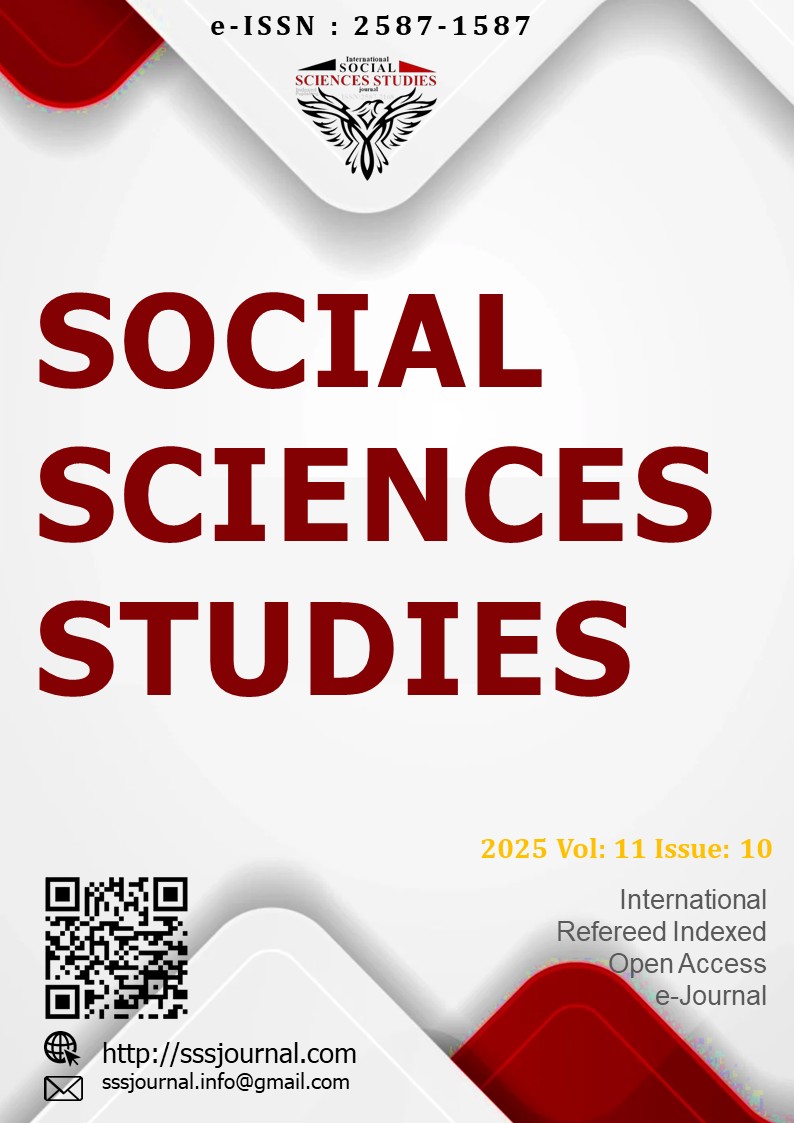Botan Vadisi’nin Kayaboğaz-Sağlarca Kesiminde Alternatif Turizm Potansiyeli: Doğa ve Kültür Temelli Bir Coğrafi Değerlendirme
Author :
Abstract
Bu çalışma, Güneydoğu Anadolu Bölgesi’nde yer alan Botan Vadisi’nin (Siirt) Kayaboğaz-Sağlarca kesiminde yer alan doğal ve kültürel değerlerin, alternatif turizm perspektifinden değerlendirilmesini amaçlamaktadır. Arazi kullanımı, jeolojik yapı, morfometrik özellikler, bitki örtüsü ve kültürel miras unsurları birlikte ele alınarak bölgenin doğa ve kültür temelli turizm potansiyeli coğrafi bakış açısıyla analiz edilmiştir. Çalışmada, ArcGIS tabanlı sayısal haritalar (eğim, bakı, yükselti, NDVI, jeoloji), raster analizler ve görsel yorumlamalara dayalı güzergâh belirleme yöntemleri kullanılmıştır. Ayrıca alanın güçlü ve zayıf yönleri ile fırsat ve tehditleri SWOT analiziyle değerlendirilmiştir. Saha gözlemlerine ve yerel bilgiye dayalı olarak Rasıl Hacar (Delikli Taş), Tillo Kalesi, baraj göleti, kanyon duvarları, kano ve tekne turu güzergâhları ile tene (doğa yürüyüşü) rotaları gibi turizm odaklı unsurlar sınıflandırılmıştır. Bulgulara göre, vadi tabanı ve yamaçlarında yer alan jeomorfolojik çeşitlilik, kalker yapılı kayalık alanlar, görsel değeri yüksek peyzajlar ve su temelli etkinlikler (tekne, kano) alanın ekoturizm, jeoturizm ve kültür turizmi açısından önemli bir potansiyel barındırdığını göstermektedir. Aynı zamanda Tillo ve çevresinin manevi değer taşıyan kültürel mirası, turizm çeşitliliğini artırmakta ve sürdürülebilir kırsal kalkınma için yeni fırsatlar sunmaktadır. Sonuç olarak, Botan Vadisi’nin Kayaboğaz-Sağlarca kesimi, doğa ve kültür temelli alternatif turizm uygulamaları açısından korunarak planlanması gereken önemli bir destinasyon niteliğindedir.
Keywords
Abstract
This study aims to evaluate the alternative tourism potential of the Botan Valley (Siirt), specifically the section between Kayaboğaz and Sağlarca, by examining its natural and cultural landscape elements from a geographical perspective. Land use, geological structure, morphometric features, vegetation cover, and cultural heritage components are analyzed in an integrated manner to assess their suitability for nature and culture-based tourism development. The methodology involves the use of ArcGIS-based spatial analyses, including slope, aspect, elevation, NDVI, and geology maps, supported by raster analyses and visual interpretation. Tourism-oriented elements such as the Delikli Taş (Rasıl Hacar), Tillo Fortress, dam reservoir, canyon walls, canoe and boat tour routes, and tene (nature walking) trails are identified and classified based on field observations and local knowledge. A SWOT analysis is also applied to reveal the strengths, weaknesses, opportunities, and threats related to tourism development in the area. The findings indicate that the geomorphological diversity of the valley floor and slopes, the visually impressive karstic limestone formations, and water-based activities such as canoeing and boat tours offer significant potential for ecotourism, geotourism, and cultural tourism. Additionally, the spiritual and cultural heritage of Tillo and its surroundings enhances tourism diversity and presents new opportunities for sustainable rural development. In conclusion, the Kayaboğaz–Sağlarca section of the Botan Valley should be recognized as a significant destination for nature and culture-based alternative tourism, and requires careful planning and conservation within a sustainable tourism framework.





